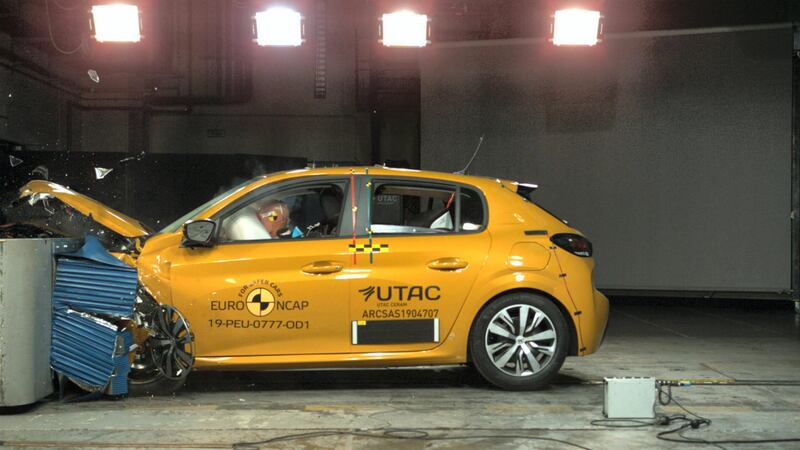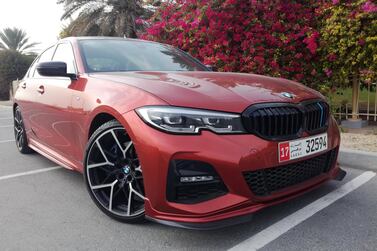Driving a vehicle – or being driven in one – inherently involves at least a small element of risk. Accidents can and do happen, and one consequence of this is that safety has become a core selling point for car manufacturers. Many automotive brands trumpet five-star safety ratings – issued by independent bodies such as the European New Car Assessment Programme or America's National Highway Traffic Safety Administration, and Insurance Institute for Highway Safety – as a virtual invincibility shield.
The testing procedure carried out by each of these organisations differs from one another, but the ultimate objective is the same: to put new vehicles through a precisely repeatable set of tests to assign each car with a quantifiable safety rating. This then provides new-car buyers with a basis for comparison between vehicles from a safety standpoint. But how meaningful are these star ratings in actuality?
One important fact to note is that real-world crashes have almost infinite variables, whereas the tests carried out by each of these organisations are highly specific and can’t possibly represent every type of crash that occurs on public roads across the globe.
Let's look at Euro NCAP as an example. It conducts a defined set of crash tests on each new car it evaluates (manufacturers need to provide several vehicles for this purpose). The first of these is an "Offset Deformable Barrier" test that's designed to simulate a head-on collision between two vehicles of the same weight, both travelling at a speed of 50 kilometres per hour. This is the most common type of car accident, a statistic validated by Dubai Police, and causes the greatest number of fatalities, so it's obviously a vital test.
The second test is the “Full Width Rigid Barrier”, which evaluates whether restraint systems such as seat belts and airbags are robust enough to restrain a full-sized male, yet compliant enough to not cause injury to elderly or smaller occupants. This is followed by a “Side Mobile Barrier” test that simulates being T-boned by another car and evaluates the efficacy of side and curtain airbags and rigidity of the area around the B-pillar, which is the vertical post between the front and rear doors.
There's also a "Side Pole Test" that's reflective of what happens when the car skids sideways into a pole or tree. Performing well in this test requires effective deployment of curtain airbags mounted above the side windows and seat-mounted head/thorax airbags. Next, there's a "Whiplash" test that measures how effective the seats and head restraints are in protecting the spine in low-speed rear-end shunts, and an "AEB City" test that evaluates how efficient a vehicle's Autonomous Emergency Braking system is in preventing or mitigating the effects of rear-end collisions. AEB systems detect when a crash is imminent and intervenes by applying the brakes. Then there are five "Vulnerable Road User" tests that determine how well the vehicle protects a pedestrian or cyclist with whom the car might collide. Euro NCAP also evaluates the efficacy of a vehicle's Electronic Stability Control system, Lane Keep Assist system, Speed Assistance and seat belt warning chimes. The vehicle's scores for all these tests are then tallied up to determine the car's overall safety rating.
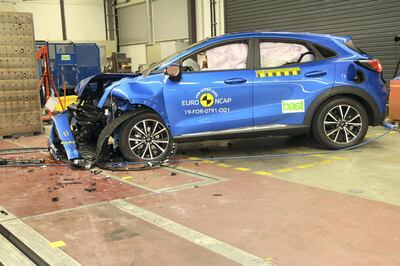
On paper, this series of tests may appear to cover a comprehensive range of scenarios, but the caveat here is that each test is conducted only at one set speed using a specific barrier to crash into. As such, each test is only a representation of a very particular collision and the odds of this being precisely replicated in a real-world crash are extremely slim. The forces and impact load distribution in a crash at, say, 75kph are vastly different to the same type of crash at 65kph. It’s not a linear progression, so a car would have to be engineered with a substantially different crash structure and airbag triggering sequence to perform optimally in the same crash test at a higher or lower speed.
What does this mean for car users? Well, one consequence is that manufacturers now develop vehicles largely to score well in publicised crash tests, rather than being focused purely on real-world accident data. This is not to say they ignore the latter, but earning a poor Euro NCAP or NHTSA safety rating for one or more of their vehicles is a marketing disaster for any car company, so acing these tests is a key consideration in the design and engineering process of any new car.
Meanwhile, the dummy that's currently in the firing line for these tests is the ubiquitous "Hybrid III". This rubber and steel fellow made his first appearance in 1976 and is meant to represent a 50th percentile male standing 175 centimetres tall and weighing in at 77 kilograms. He now has a 'big brother' measuring 188cm and 100kg, and there's also "Ms Hybrid III", a 5th percentile female dummy who stands a diminutive 152cm tall and weighs 50kg. The female dummy is basically a scaled-down version of her male counterpart and doesn't represent the differing bone structures between a man and a woman. There are also three Hybrid III child dummies that represent a 10-year-old, a 21kg 6-year-old and a 15kg 3-year-old.
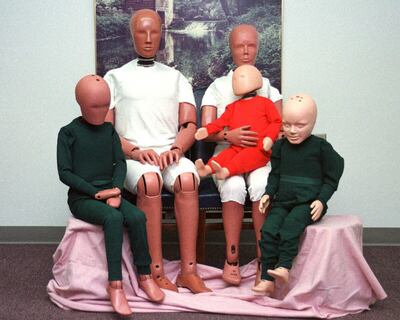
While these dummies do serve a purpose, in that sensors within them show which parts of the body are affected in a crash, and with how much severity, they don't mimic organs, bones and tissue. This means the data they can provide is limited and not necessarily reflective of the injuries a human would sustain in a crash. To get around this, more sophisticated models, such as Total Human Model of Safety, have been created. This virtual dummy, developed by Toyota, is said to provide more accurate data via simulated tests, according to clinical trials and experiments.
While current safety testing procedures carried out by these independent organisations aren't perfect, they do serve a valuable purpose, says Thomas Edelmann, founder and managing director of RoadSafetyUAE. "For sure, safety ratings issued by organisations such as Euro NCAP and the NHTSA are very relevant, and they have become global guidelines and standards for the industry. They are a key ingredient in encouraging manufacturers to develop even safer vehicles," he says.
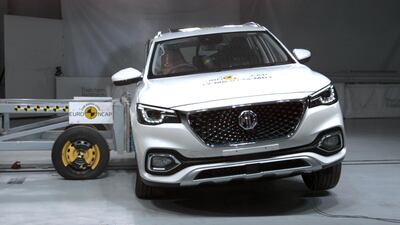
"From a road safety standpoint, vehicles with the highest safety and security standards – active and passive – should be purchased. Many vital electronic features like distance warning, emergency brake assist and lane departure prevention are available today and should be considered in purchasing decisions," Edelmann says. Many of these safety features are now standard even in mainstream vehicles, whereas they were formerly offered only in premium models.
The central takeaway is that safety ratings provide at least a sound indicator, if not a wholly accurate picture, of a vehicle's ability to protect its occupants. So, if a car you're considering buying comes with a one or two-star rating, the safest bet is to steer clear.
